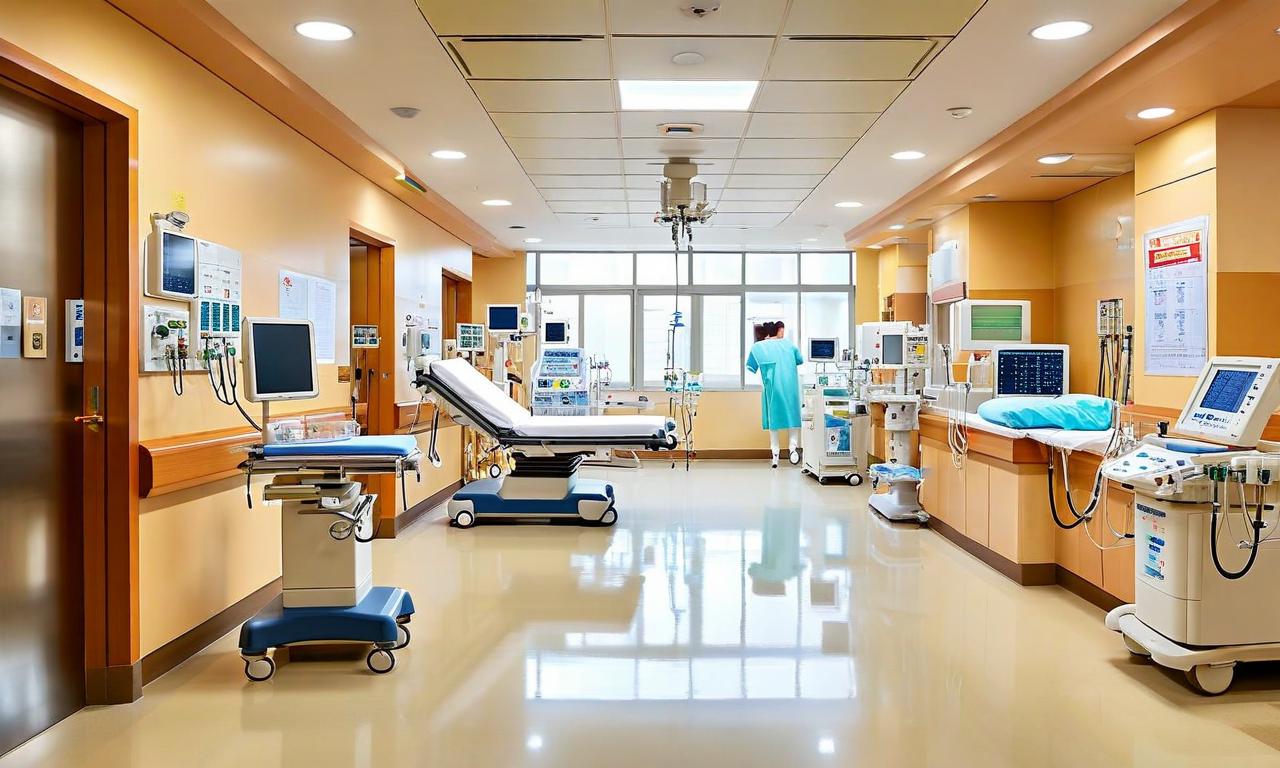Hospital Stocks in Focus as Government Revises CGHS Medical Procedure Rates
India has implemented its first major revision of the Central Government Health Services Scheme (CGHS) since 2014. The revamp includes rate adjustments for nearly 2,000 medical procedures, effective from October 13. A new multi-dimensional pricing structure based on accreditation, hospital type, city classification, and ward entitlement has been introduced. NABH-accredited hospitals will receive standard rates, while non-accredited facilities will see 15% lower rates. Tier-2 and Tier-3 cities will have rates 10% and 20% lower than Tier-1 cities, respectively. The revision is expected to impact hospital stocks differently based on their exposure to government schemes. DAM Capital estimates an average rate hike of 25% to 30% across key procedures. The changes aim to address issues with cashless treatment availability and account for medical inflation.

*this image is generated using AI for illustrative purposes only.
India has implemented its first major revamp of the Central Government Health Services Scheme (CGHS) since 2014, introducing significant changes that could impact hospital stocks and the healthcare sector at large.
Key Highlights of the CGHS Revision
- Nearly 2,000 medical procedures have seen rate revisions
- The new rates are effective from October 13
- A multi-dimensional structure has been introduced based on:
- Accreditation
- Hospital type
- City classification
- Ward entitlement
New Rate Structure
The revised CGHS introduces a tiered pricing system:
| Category | Rate Structure |
|---|---|
| NABH-accredited hospitals | Standard rates |
| Non-accredited facilities | 15% lower than standard rates |
| Tier-2 cities | 10% lower than tier-1 cities |
| Tier-3 cities | 20% lower than tier-1 cities |
Impact on Hospital Stocks
The revision is expected to have varying effects on different hospital chains:
| Hospital Chain | Government Scheme Exposure | Recent Stock Performance |
|---|---|---|
| Yatharth Hospitals | 35.00% | Not provided |
| Max Healthcare | 21.80% | -4% to -7% (past month) |
| Global Health | 18.00% | Not provided |
| Narayana Health | 18.00% | -2% (past month) |
| Apollo Hospitals | 9.00% | -4% to -7% (past month) |
Market Implications
Rate Hike: DAM Capital estimates an average rate hike of 25% to 30% across key procedures.
Cashless Treatment: Previously, many hospitals refused cashless treatment under CGHS due to outdated packages that didn't account for medical inflation. The revision aims to address this issue.
Stock Performance: Recent stock performance shows a decline in major hospital chains, with Apollo Hospitals and Max Healthcare seeing a 4% to 7% drop over the past month, while Narayana Health experienced a 2% decline.
Conclusion
The CGHS rate revision marks a significant development in India's healthcare sector after a decade. While it aims to modernize the scheme and potentially improve cashless treatment availability, the impact on hospital stocks varies. Investors and industry watchers should closely monitor how these changes affect the financial performance and operational strategies of hospital chains in the coming quarters.
























